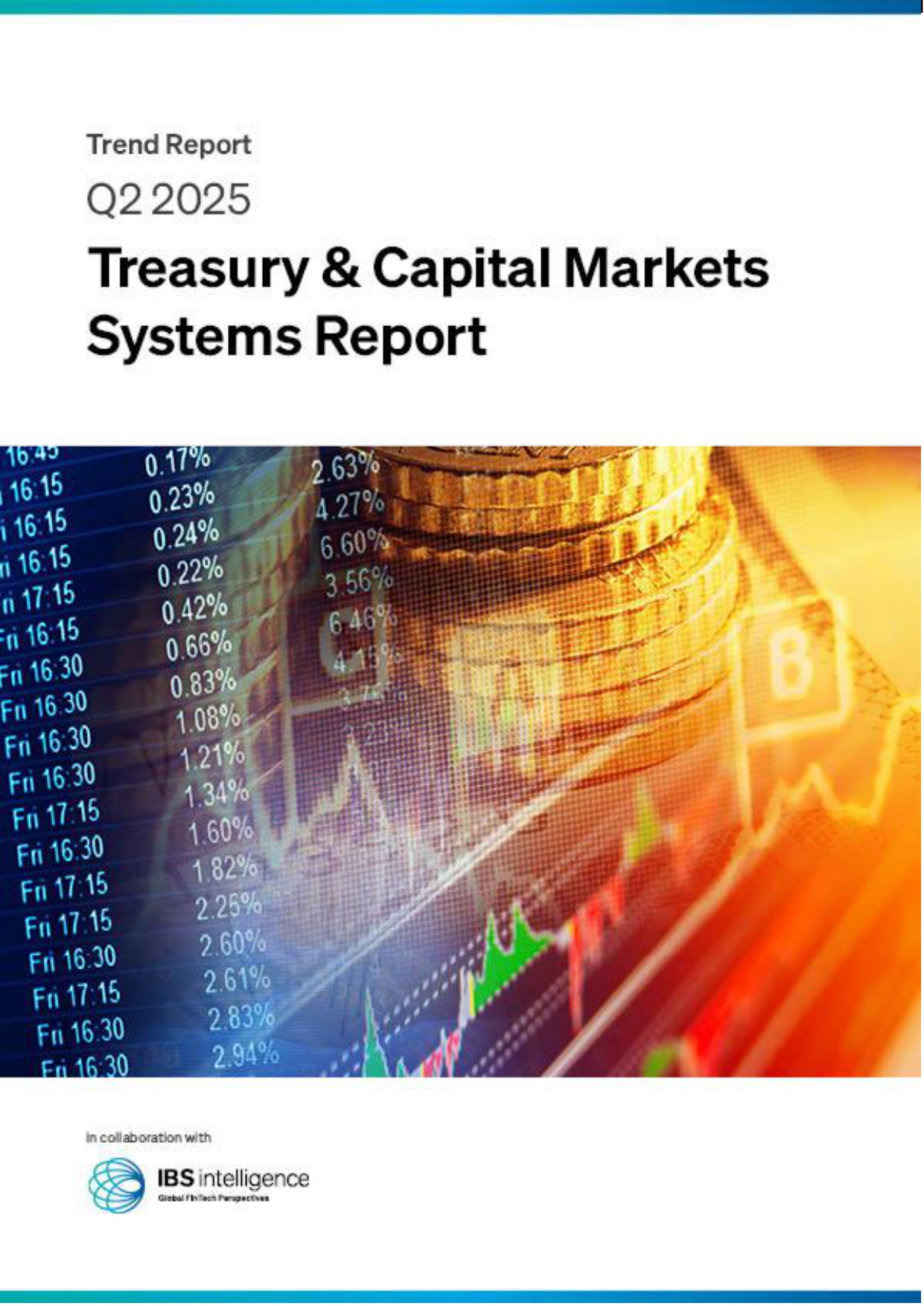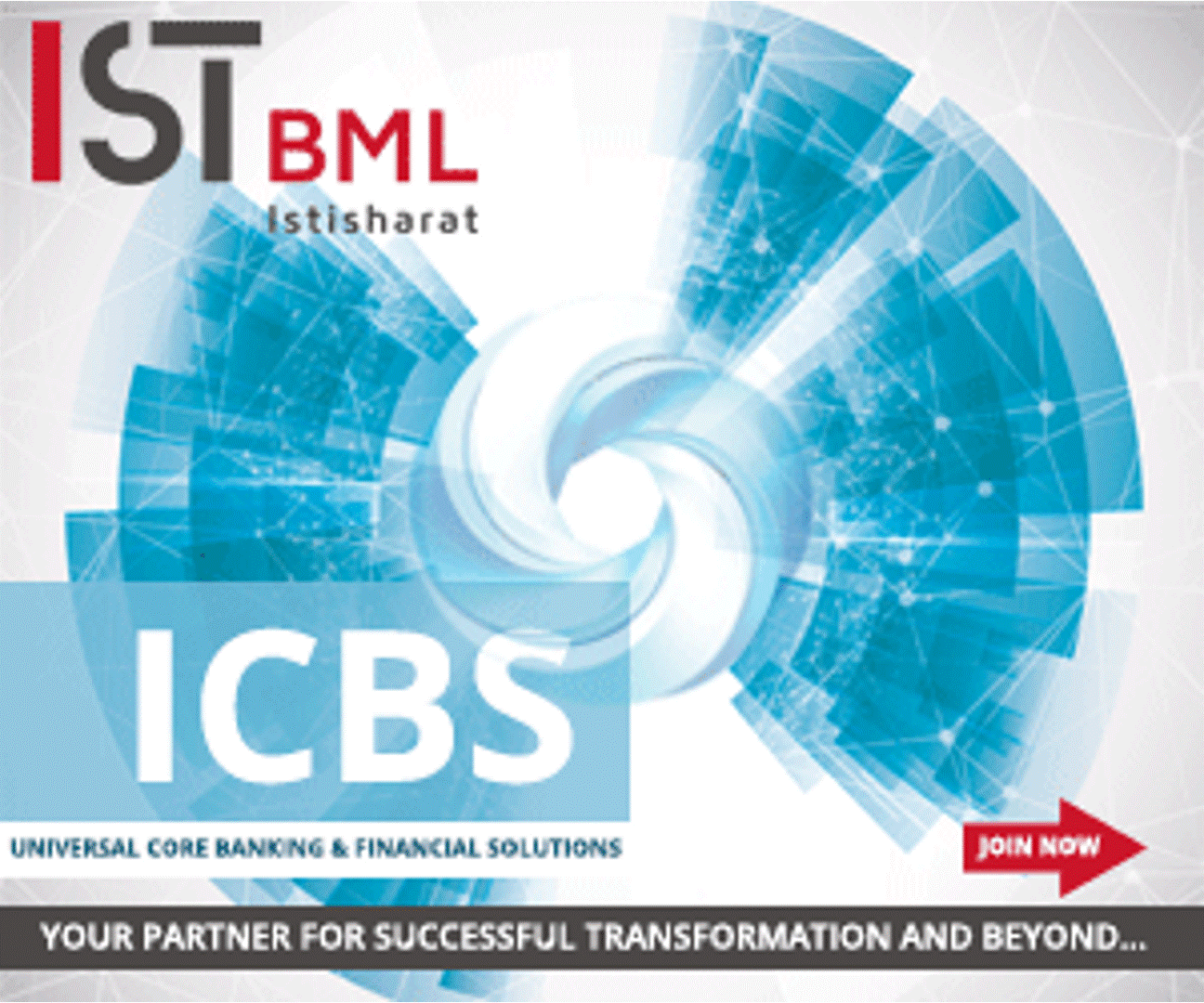 Back
Back
Neobanking is booming with capital investment and adoption rates
By Puja Sharma
With continued capital investment and soaring adoption rates, it’s clear that the neobanking industry has experienced a significant uplift in recent years. Many commentators feel the emerging sector owes much of this success to the effects of the Covid-19 pandemic, which forced many brick-and-mortar banks to temporarily close, thus creating a huge incentive among customers to adopt more online solutions.
Now, online fraud prevention expert, SEON, has taken a closer look at this trend in its new ‘Neobanking Index’. The insightful guide analyses how adoption rates of Neo banking solutions differ across some of the world’s leading markets. Likewise, the report details the countries that are adopting neobanking solutions at the fastest rates.
Neoanks, distinguish themselves from online banking services by diversifying from mere online banking to high-ranking customer services in addition to digital banking. Banks are struggling to keep up with the rise in innovative technology inventions. A crucial factor to consider is whether it competes with traditional banks or is in collaboration with them.
Later in the report, it is explained the differences between Neo banking businesses and traditional financial institutions from a legal perspective. This section of the guide provides specific details on the legal rights of an individual when using a neo banking account.
Every part of the banking value chain – from what consumers can avail and expect in terms of banking services – can now be accessed by a non-banking service provider through its technological prowess and agile and lean business models. Under these models, retail and small and medium enterprises (SME) banking services are primarily delivered through the internet or other forms of electronic channels instead of physical branches.
While Neo banking solutions have seen a rise in popularity across multiple regions in recent times, there are areas of the world, which lead the way when it comes to adoption rates. For example, in Brazil, around 43% of people have a Neobank account, while in Portugal that figure is as low as 14%. In addition to these figures, the index details the countries that expect to see the biggest growth in Neobanking adoption in the next five years.
Alongside highlighting broader industry trends, SEON’s new index identifies the businesses within the neobanking sector that have received the highest volume of capital investment. As SEON’s report shows, the ten best-performing Neobanks from an investment perspective have collectively raised around $35 billion in recent times. This astonishing figure demonstrates the significant growth of the Neobanking sector since Covid-19.
Speaking on the new index, PJ Rohall, Head of Fraud Strategy & Education at SEON, said: “The Neobanking industry has grown as a result of the Covid-19 pandemic, as well as the increased demand for digital financial services. On the back of this growth, we wanted to assess the sector in 2022, discovering which Neobanks have raised the most capital, among other things. As our research showcases, it’s a sector that is certainly flourishing.”
IBSi FinTech Journal
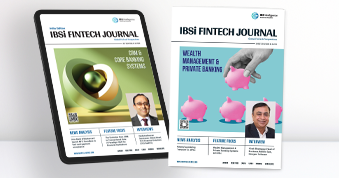
- Most trusted FinTech journal since 1991
- Digital monthly issue
- 60+ pages of research, analysis, interviews, opinions, and rankings
- Global coverage
Other Related News
Related Reports

Sales League Table Report 2025
Know More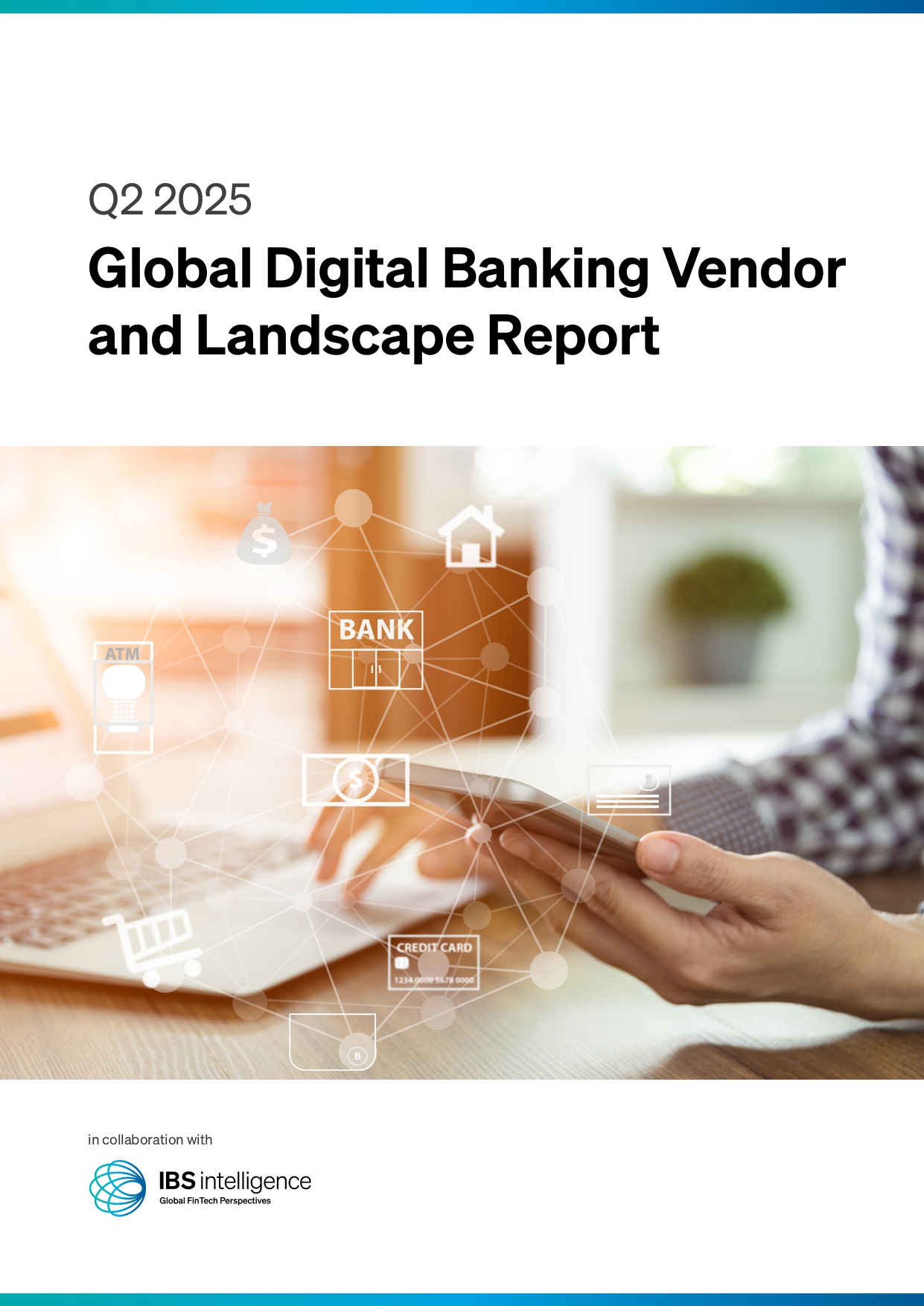
Global Digital Banking Vendor & Landscape Report Q2 2025
Know More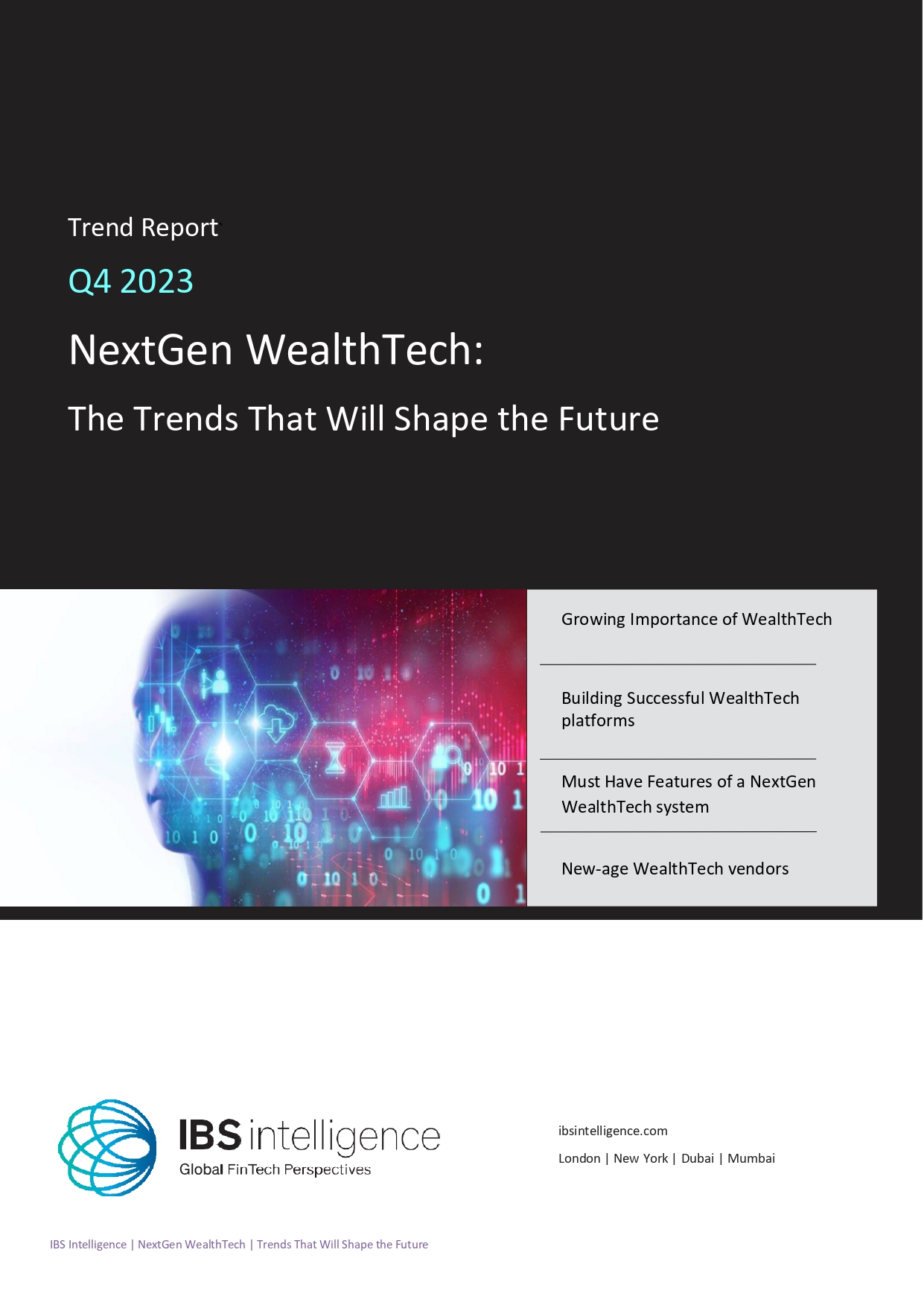
NextGen WealthTech: The Trends To Shape The Future Q4 2023
Know More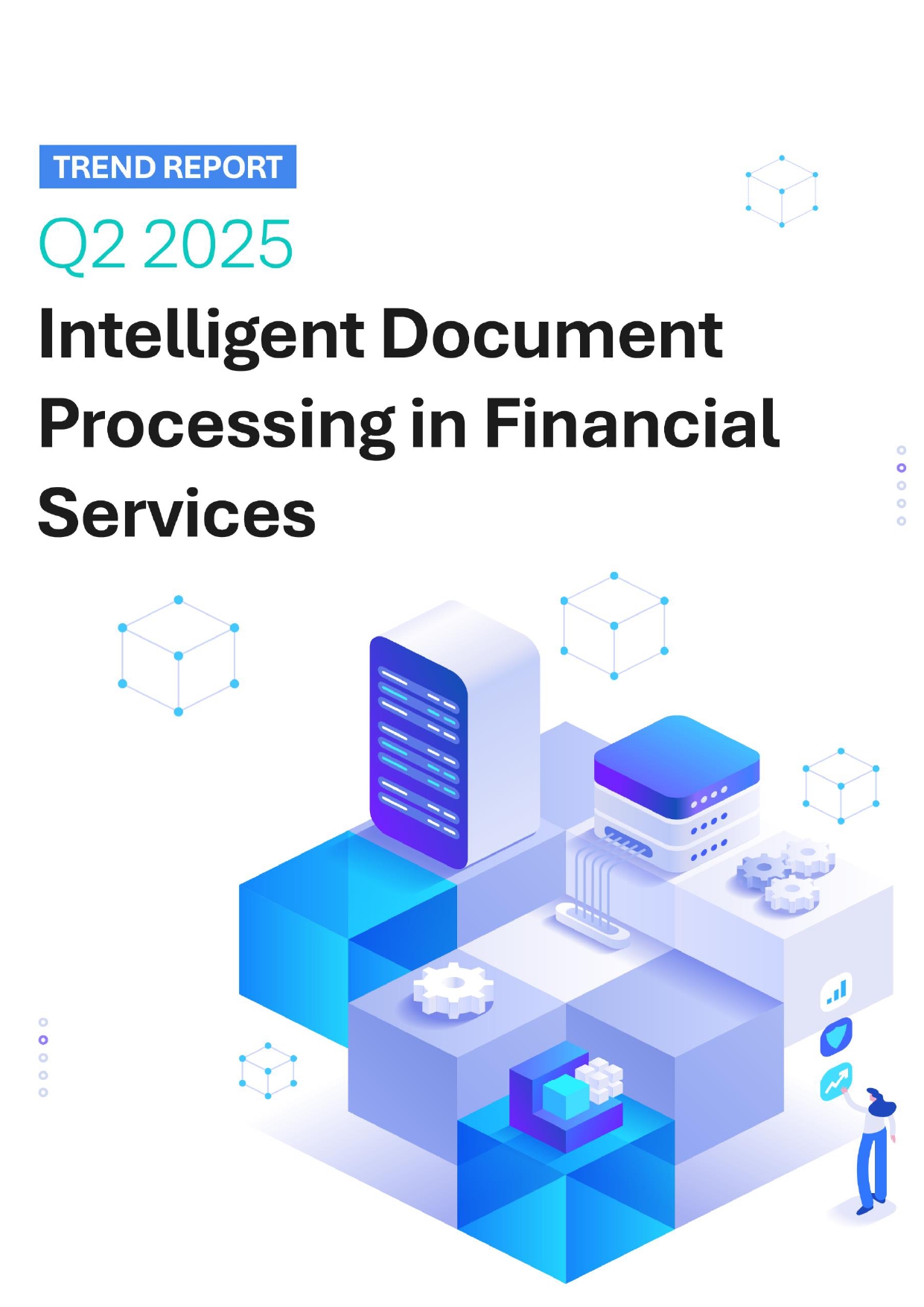
Intelligent Document Processing in Financial Services Q2 2025
Know More